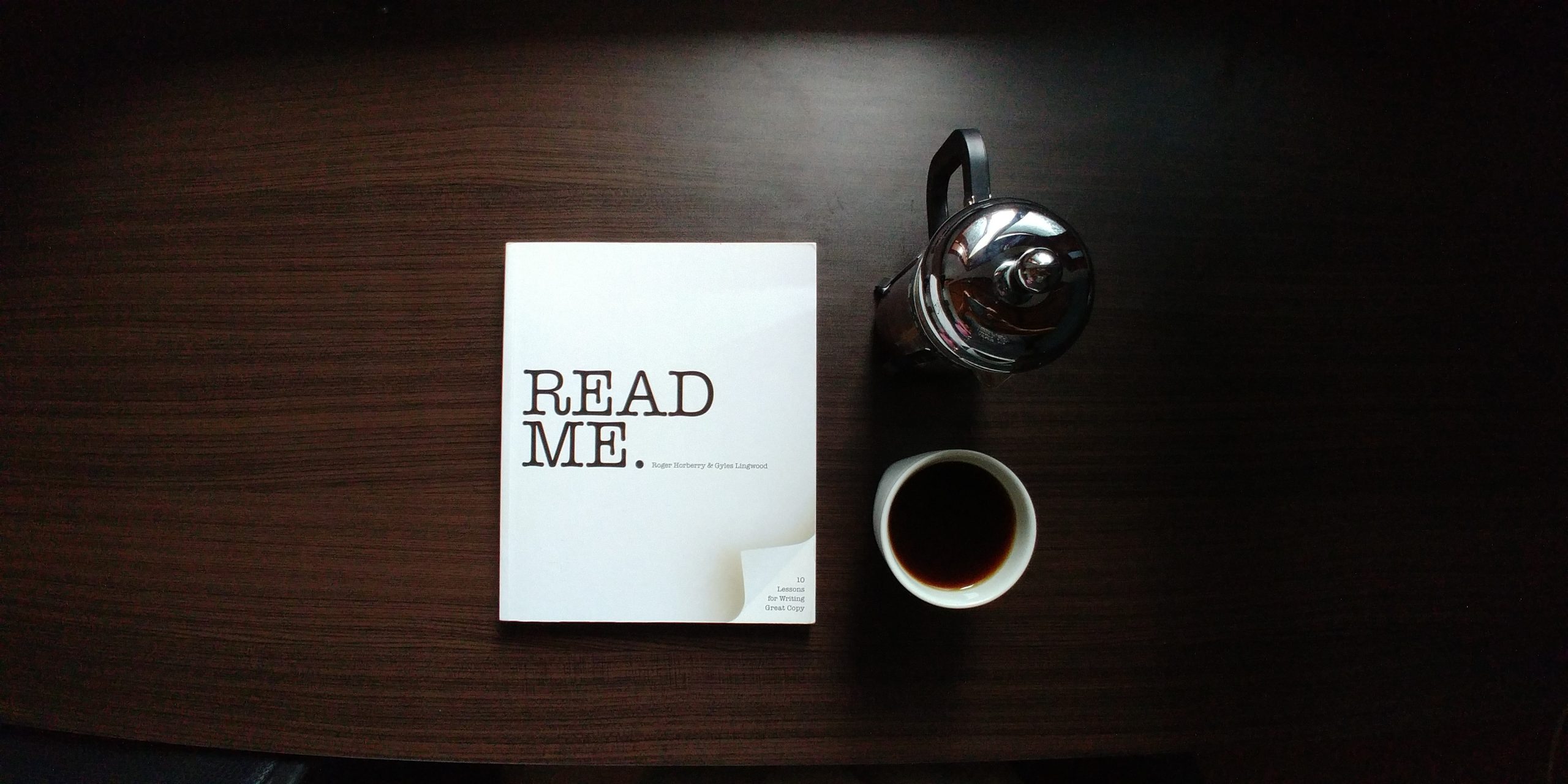How To Write An Attention-grabbing Music Press Release
When writing a press release, it’s important to consider your target audience, i.e. the person on the other side of the screen. In this case, your press release is going to be read by end-users who are not pre-existing fans of your music; they’re industry decision-makers, such as bookers, promoters, A&R people, journalists, music bloggers, podcast hosts, and so on.
Therefore, an in-depth, detailed description of your band’s humble beginnings just won’t cut it. According to Neil Patel, forty-four per cent of journalists get pitched a minimum of twenty times per day. These busy individuals are looking for a couple of paragraphs and not a novel. Cut to the chase, and you may just grab their attention.

Why is media coverage so important?
According to Oxford Languages, publicity is “the giving out of information about a product, person, or company for advertising or promotional purposes.” The key takeaways from this definition are information and advertising.
In the information age, it’s more important than ever to make sure that your music is receiving as much attention as possible from key outlets that can build your fan base and strengthen your brand. PR is a marathon, not a sprint. Therefore, publicity is a long term strategy that evolves alongside a musician’s career. Establishing a strong foundation is important; doing the legwork and building a good reputation with grassroots media outlets ensures that you already have a certain degree of notoriety before opting for a professional publicist.
Writing a press release
First off – make the music blogger’s life as easy as possible by presenting all info in a clear and concise way. Press shots and any audio-visual content should be one, maximum two clicks away.
Your main pitch should answer the Five Ws and one H: Who, What, When, Where, Why and How. Therefore, you should include who is involved, what’s happening, (in the case of tours or releases), when and where it’s taking place and why this update is newsworthy. The How refers to how it came about i.e. the artist’s history and past achievements.
Add a couple of direct quotes from reputable sources such as radio DJs who have played your music in the past or music blogs that have featured your previous singles. This adds a certain degree of clout to your press release.
Finally, make sure that you add the correct contact details (an email address is usually fine) as well as the official artist website link, a press shot link and social links. You could also include an AmplifyLink release or bio link, if they wanted to look deeper into your releases, back catalogue and content.
Sending a press release
Your email subject line should summarise why you’re contacting the individual in the first place. Avoid over-embellished or cocky subject lines such as “Check out the best band since The Beatles” or “Awesome new single by so and so”. Adapt your subject line according to the recipient, and make sure that there’s just the right amount of mystique, forcing them to open the email.
Furthermore, you should try and add a couple of personalised lines. Experienced industry people can smell a copy-and-paste situation from a mile away. Therefore, personalisation goes a long way when it comes to establishing a long-term relationship with that individual.
Finally, never attach files or folders. This might come as a surprise – but downloading attachments from a random person is risky, plus attachments clog the recipient’s inbox. Paste your press release directly into the body of the email, and include links to a private Soundcloud link and services such as Dropbox or Drive.






